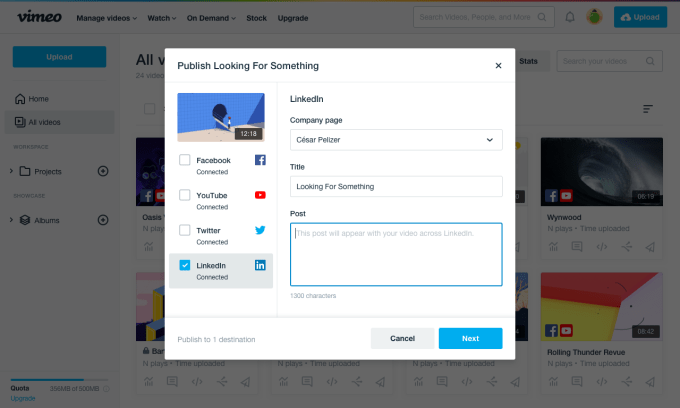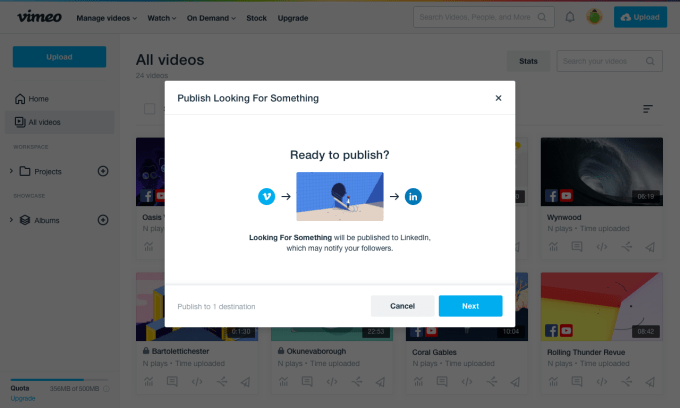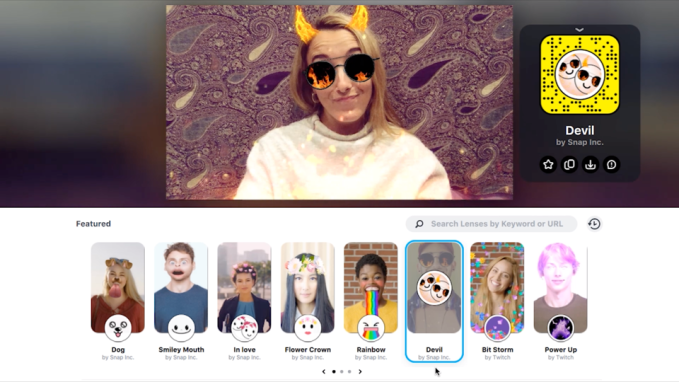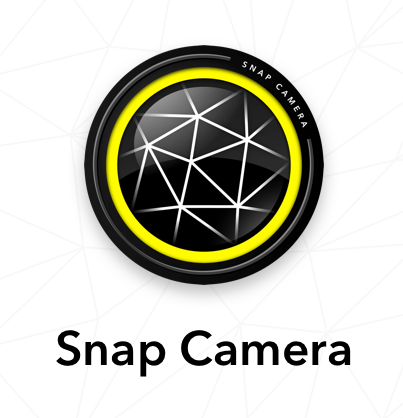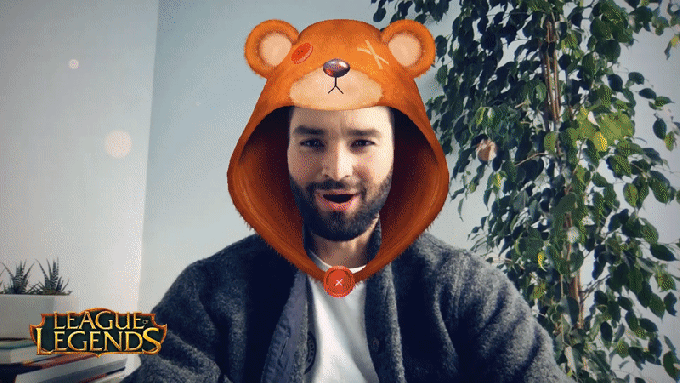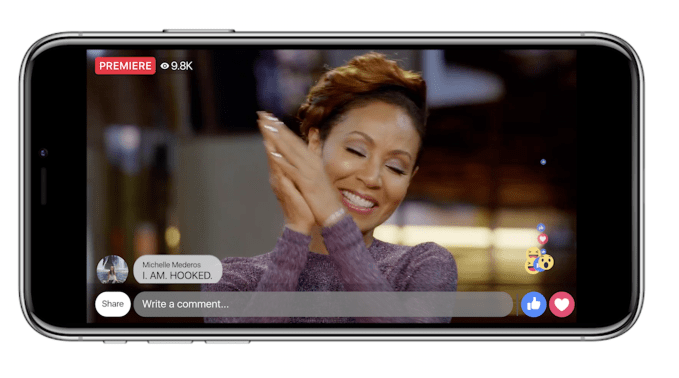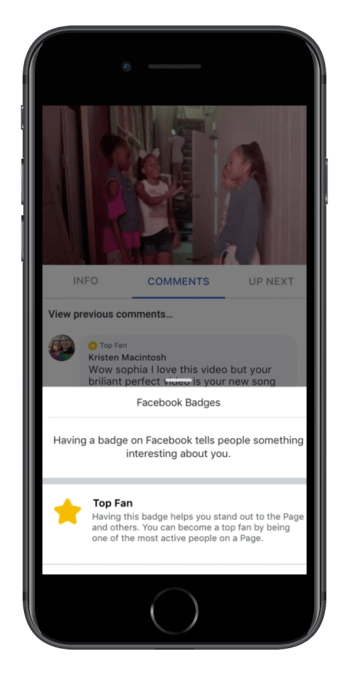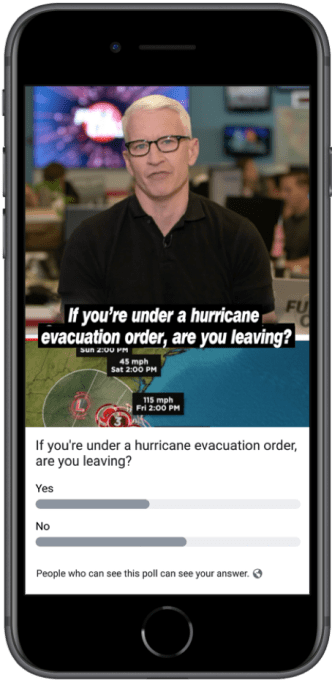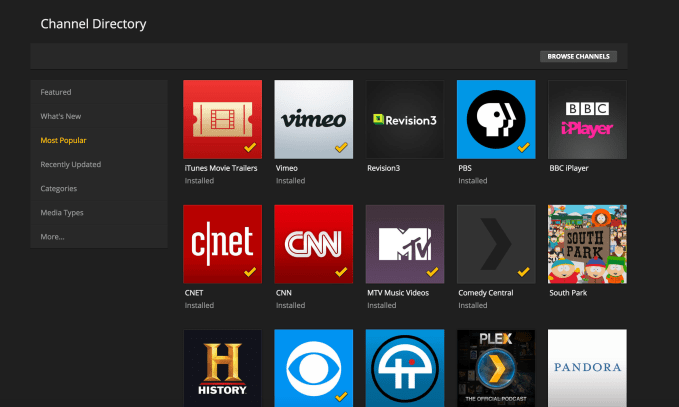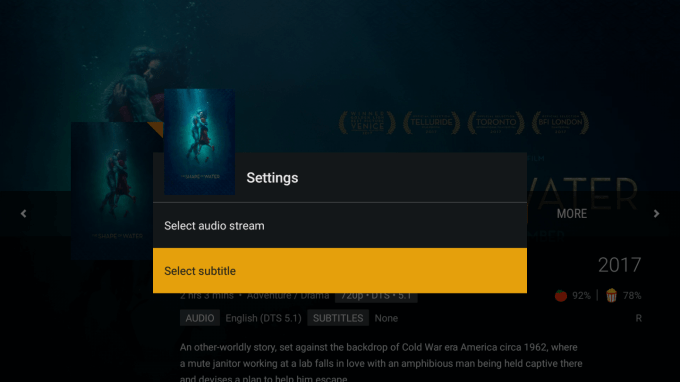YouTube will no longer maintain a separate app targeting gaming and live game streaming, the company announced today. The YouTube Gaming app, which first arrived in 2015, will be sunset sometime next spring as its host of features make their way over to YouTube’s main site.
Over the years, the YouTube Gaming app has been a place where YouTube experimented with features catering to game creators and viewers who like to watch live and recorded esports. Here, it tested things like Game Pages to make games more discoverable, Super Chat, and Channel Memberships – features which the Amazon-owned game streaming site Twitch had also popularized among the game community.
Some of YouTube Gaming’s features became so well-received that the company brought them to YouTube. For example, this June YouTube introduced channel memberships to its main site. And before that, it had brought Super Chat – a way for creators to make money from live streams – to its broader community, as well.
But while gaming remains one of YouTube’s top verticals, no one was really using the standalone YouTube Gaming app, the company says.
“We have 200 million people that are logged in, watching gaming content every single day,” Ryan Wyatt, YouTube’s Director of Gaming Content and Partnerships, tells TechCrunch. “And the majority of them, quite frankly, are just not using the YouTube Gaming app for their gaming experiences,” he says.
However, data from Sensor Tower shows the app had over 11 million installs across iOS and Android, and those installs have remained consistent over time. That indicates a large number of people were at least willing to try the app. But the firm also found that its daily users were a “tiny fraction” of Twitch’s on iOS, which confirms Wyatt’s point about lack of usage.
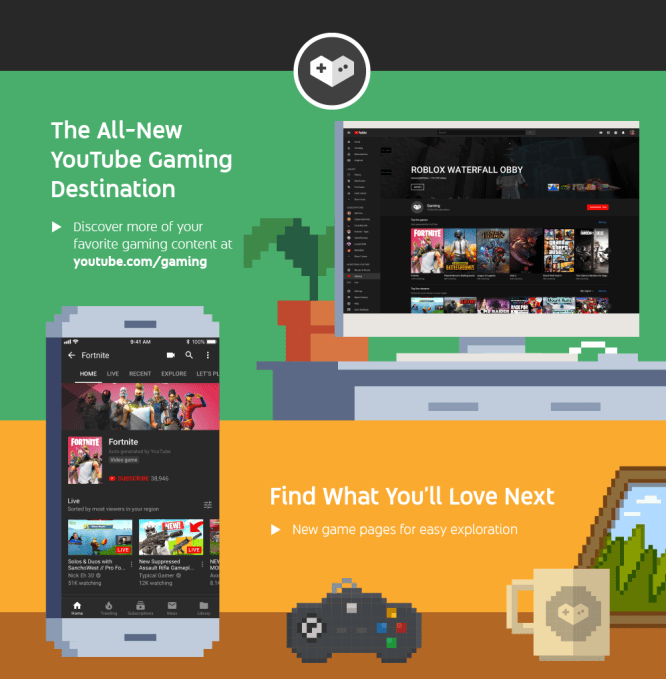
Instead, gamers are logging into YouTube to watch gaming, Wyatt explains.
They watch a lot of gaming, too – over the last twelve months, fans streamed more than 50 billion hours of gaming content, and YouTube has over 500,000 quarterly active live gaming streamers.
In other words, YouTube’s decision to sunset the standalone app should not be seen as an admission that it’s ceding this space to Twitch – rather, that it’s now deciding to use the power of YouTube’s flagship app to better compete.
On that front, the company is today launching a new YouTube Gaming destination at youtube.com/gaming. The destination is first available in the U.S., and will roll out globally in the months ahead.
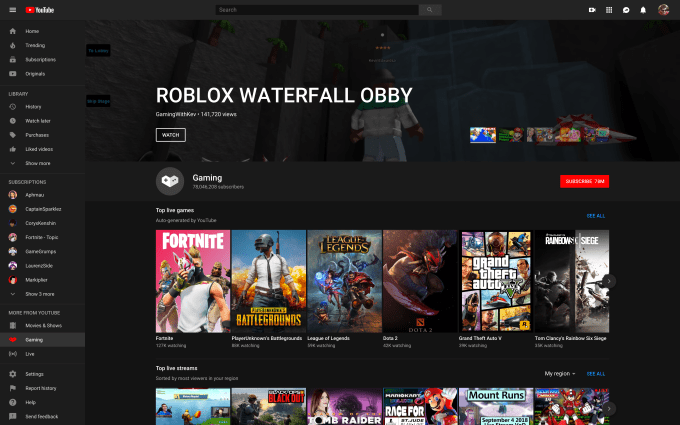
A link to the new vertical will appear in the left-side navigation bar, where you find other top-level sections like Trending and Subscriptions.
The Gaming destination will feature personalized content at the top of the page, based on what you like to watch, along with top live games, the latest gaming videos from your subscriptions, and dedicated shelves for live streams and trending videos.
Another feature, “gaming creator on the rise,” will highlight up-and-coming gaming creators who are still trying to build an audience. That’s something that many say is still an issue on Amazon-owned Twitch – often, their early days are spent streaming to no one. They soon find that they need the blessing of an existing influencer to bring more viewers to their channel.
Wyatt points out, too, that YouTube Gaming won’t be all about live streams.
“The other thing that we learned through this process was that the gaming app, and the narrative around it, was very heavily live-focused. Everybody always talked about all the live streaming and live gaming,” he says. “But what that did was underserve the vast gaming
business. So by moving it over to YouTube main, you have this beautiful combination of both the living gaming streams that are continuing to grow massively on YouTube, as well as all the other VOD content on the platform.”

There are several things that YouTube’s new Gaming destination still lacks, however. Most notably, the ability to live stream gameplay right from your phone.
That’s why the YouTube Gaming app won’t immediately disappear. Instead, it will stick around until March or maybe even April 2019, while YouTube works on porting the experience over to its main site and app.
“We’re still working through that,” Wyatt admits, when asked how the live streaming component will come to YouTube proper. “We haven’t made a decision on if [live game streaming] will be in there by March, but we do need to have a solution for easy mobile capture from the phone,” he says.
The YouTube Gaming app was never a global release, as it was only live in select markets, we should note. YouTube’s Gaming vertical will eventually be launched worldwide. That could make it more of a challenge to Twitch, as it taps into the eyeballs of YouTube’s 1.8 billion users, while also expanding to take advantage of other new YouTube features like Premieres or Merchandise.
“It’s a great opportunity to use those features,” Wyatt notes, regarding the shift from YouTube Gaming to YouTube proper. “And we’re going to keep creating more features that will that will really lend themselves to live, but ultimately we’ll be thinking about really unique ways to apply them to VOD as well,” he says.
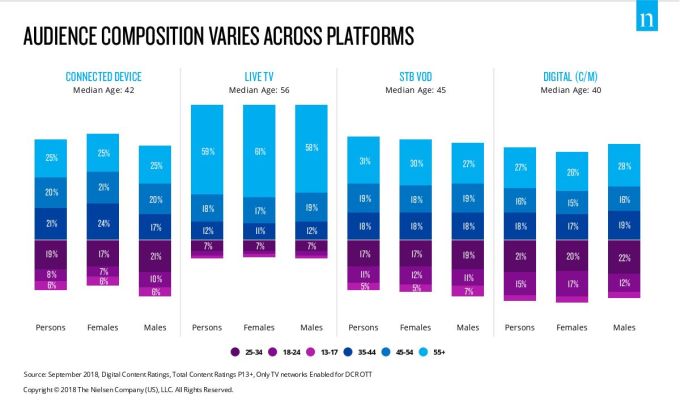

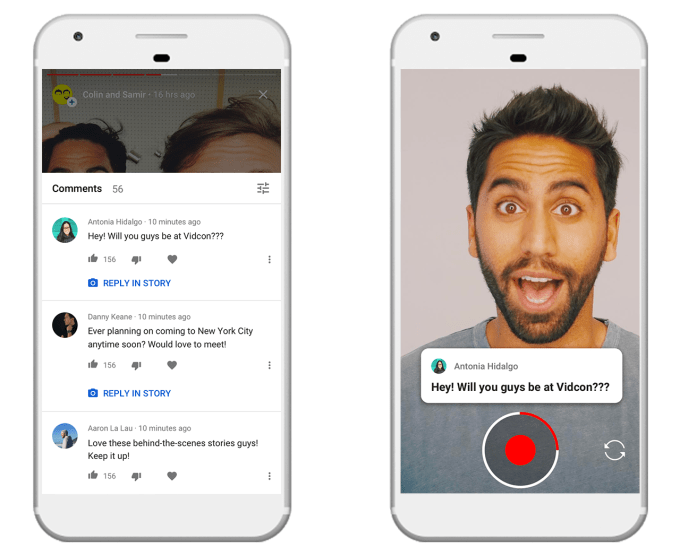
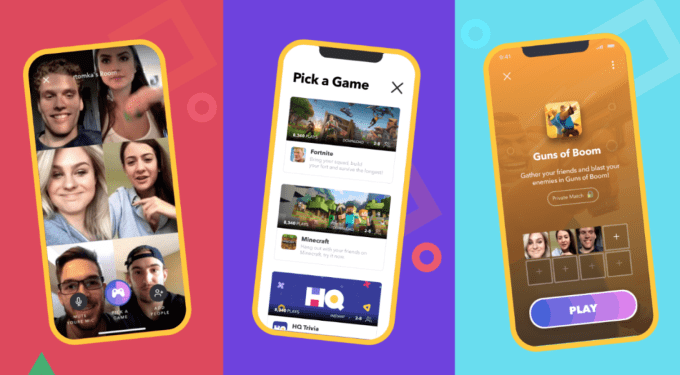

 “
“
 ”, which could refer to his work on Facebook Live that spawned big problems with real-time broadcasts of violence and self-harm.
”, which could refer to his work on Facebook Live that spawned big problems with real-time broadcasts of violence and self-harm.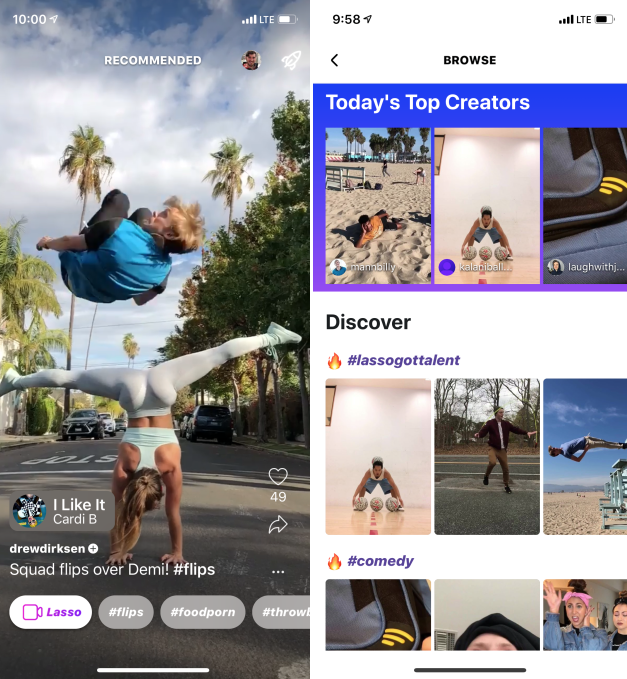
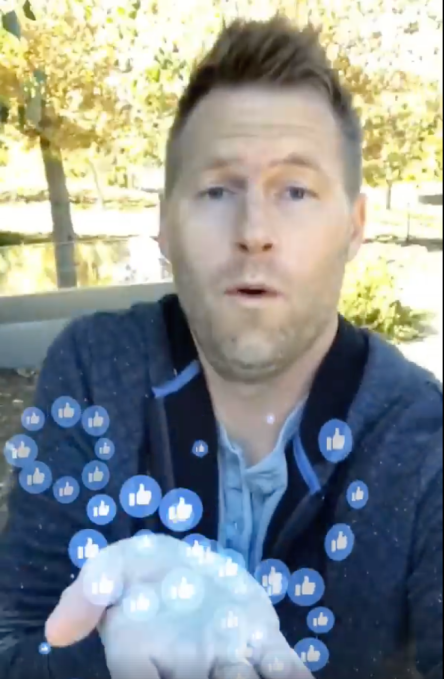 TechCrunch asked the company for some more details about the Lasso roadmap. A spokesperson told me that Facebook will be evolving Lasso and adding new features with time, and may test a feature for uploading videos instead of being restricted to shooting them in-app right now. Voss’ departure post includes a “Made With Lasso” video featuring an augmented reality effect with him conjuring Facebook Like thumbs-ups out of his hand. [Update: He tells me he added this in AfterEffects, but it shows that Facebookers think AR should be part of Lasso.]
TechCrunch asked the company for some more details about the Lasso roadmap. A spokesperson told me that Facebook will be evolving Lasso and adding new features with time, and may test a feature for uploading videos instead of being restricted to shooting them in-app right now. Voss’ departure post includes a “Made With Lasso” video featuring an augmented reality effect with him conjuring Facebook Like thumbs-ups out of his hand. [Update: He tells me he added this in AfterEffects, but it shows that Facebookers think AR should be part of Lasso.]